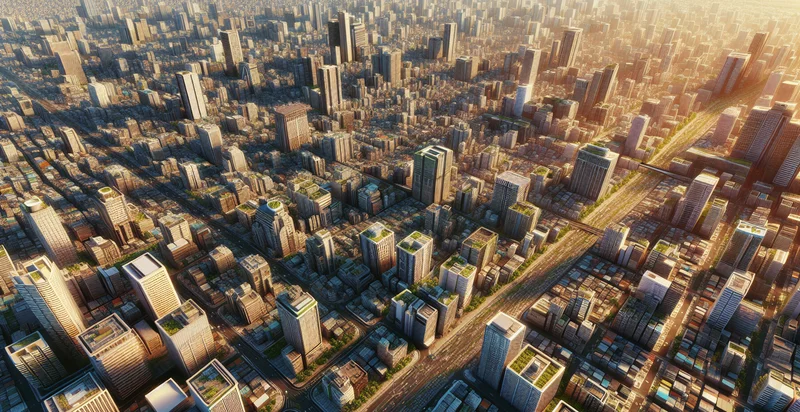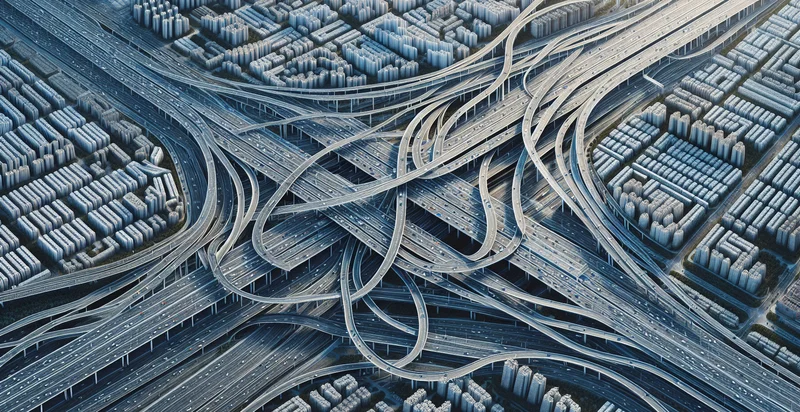Identify aerial views of railroad tracks
using AI
Below is a free classifier to identify aerial views of railroad tracks. Just upload your image, and our AI will predict if the tracks are clear or obstructed - in just seconds.

Contact us for API access
Or, use Nyckel to build highly-accurate custom classifiers in just minutes. No PhD required.
Get started
import nyckel
credentials = nyckel.Credentials("YOUR_CLIENT_ID", "YOUR_CLIENT_SECRET")
nyckel.invoke("aerial-views-of-railroad-tracks", "your_image_url", credentials)
fetch('https://www.nyckel.com/v1/functions/aerial-views-of-railroad-tracks/invoke', {
method: 'POST',
headers: {
'Authorization': 'Bearer ' + 'YOUR_BEARER_TOKEN',
'Content-Type': 'application/json',
},
body: JSON.stringify(
{"data": "your_image_url"}
)
})
.then(response => response.json())
.then(data => console.log(data));
curl -X POST \
-H "Content-Type: application/json" \
-H "Authorization: Bearer YOUR_BEARER_TOKEN" \
-d '{"data": "your_image_url"}' \
https://www.nyckel.com/v1/functions/aerial-views-of-railroad-tracks/invoke
How this classifier works
To start, upload your image. Our AI tool will then predict if the tracks are clear or obstructed.
This pretrained image model uses a Nyckel-created dataset and has 2 labels, including No Train Tracks and Train Tracks.
We'll also show a confidence score (the higher the number, the more confident the AI model is around if the tracks are clear or obstructed).
Whether you're just curious or building aerial views of railroad tracks detection into your application, we hope our classifier proves helpful.
Related Classifiers
Need to identify aerial views of railroad tracks at scale?
Get API or Zapier access to this classifier for free. It's perfect for:
- Railroad Maintenance Monitoring: Aerial views can help in identifying areas of the railroad tracks that require maintenance. By utilizing image classification, operators can detect anomalies such as track misalignments, damaged sections, or obstacles, allowing for timely interventions and improved safety.
- Traffic Management and Scheduling: Railroads can use aerial image classification to monitor train movements and track utilization. This information can inform scheduling decisions, reduce congestion, and improve efficiency in freight and passenger transport operations.
- Environmental Impact Assessments: Organizations can leverage aerial views to identify the environmental impacts of railroad operations on nearby ecosystems. By classifying aerial images, companies can assess habitat disruptions, pollution levels, and other ecological factors related to track location and usage.
- Land Use Planning and Development: Local governments and planning agencies can use aerial image classification to evaluate the spatial relationship between railroad tracks and urban development. This analysis can support better city planning by identifying areas suitable for transit-oriented development, zoning, and green space.
- Safety and Incident Investigation: Aerial views can assist in accident investigations by providing clear evidence of track conditions before and after incidents. Image classification can help law enforcement and rail companies understand contributing factors and improve safety protocols.
- Insurance Risk Assessment: Insurance companies can utilize aerial image classification to evaluate risks associated with insuring rail infrastructure. By identifying problematic areas and assessing the condition of the tracks, insurers can set appropriate premiums and mitigate potential liabilities.
- Wildlife Crossing Monitoring: Conservation groups or rail operators can use aerial views to monitor wildlife crossings and track interactions between wildlife and railroads. Image classification can help identify high-risk areas for animal collisions, guiding the implementation of mitigation measures such as wildlife corridors or fencing.


